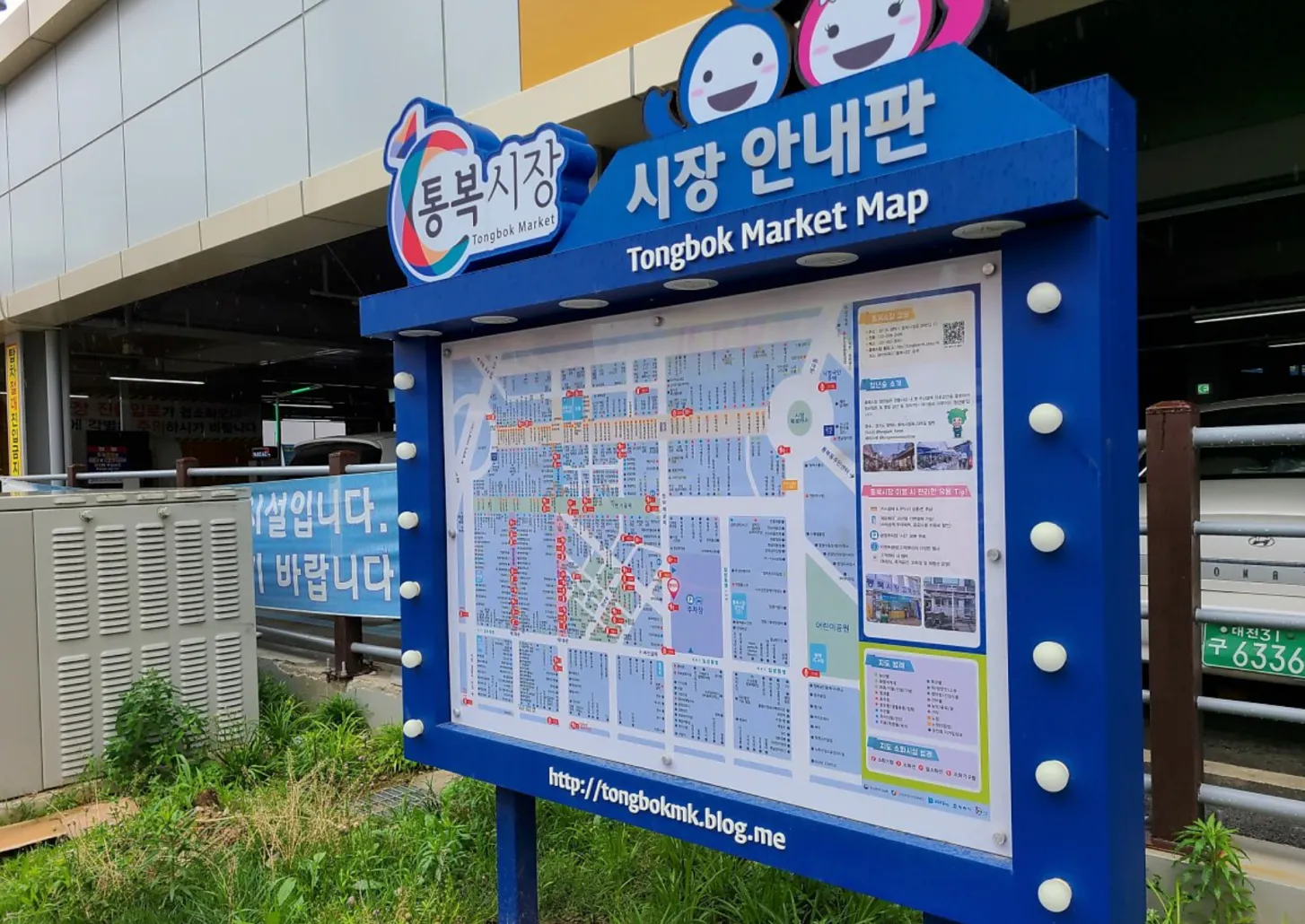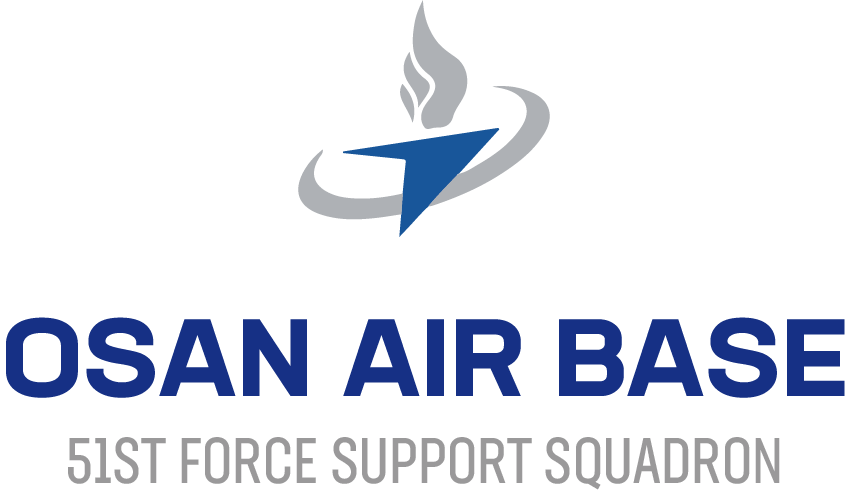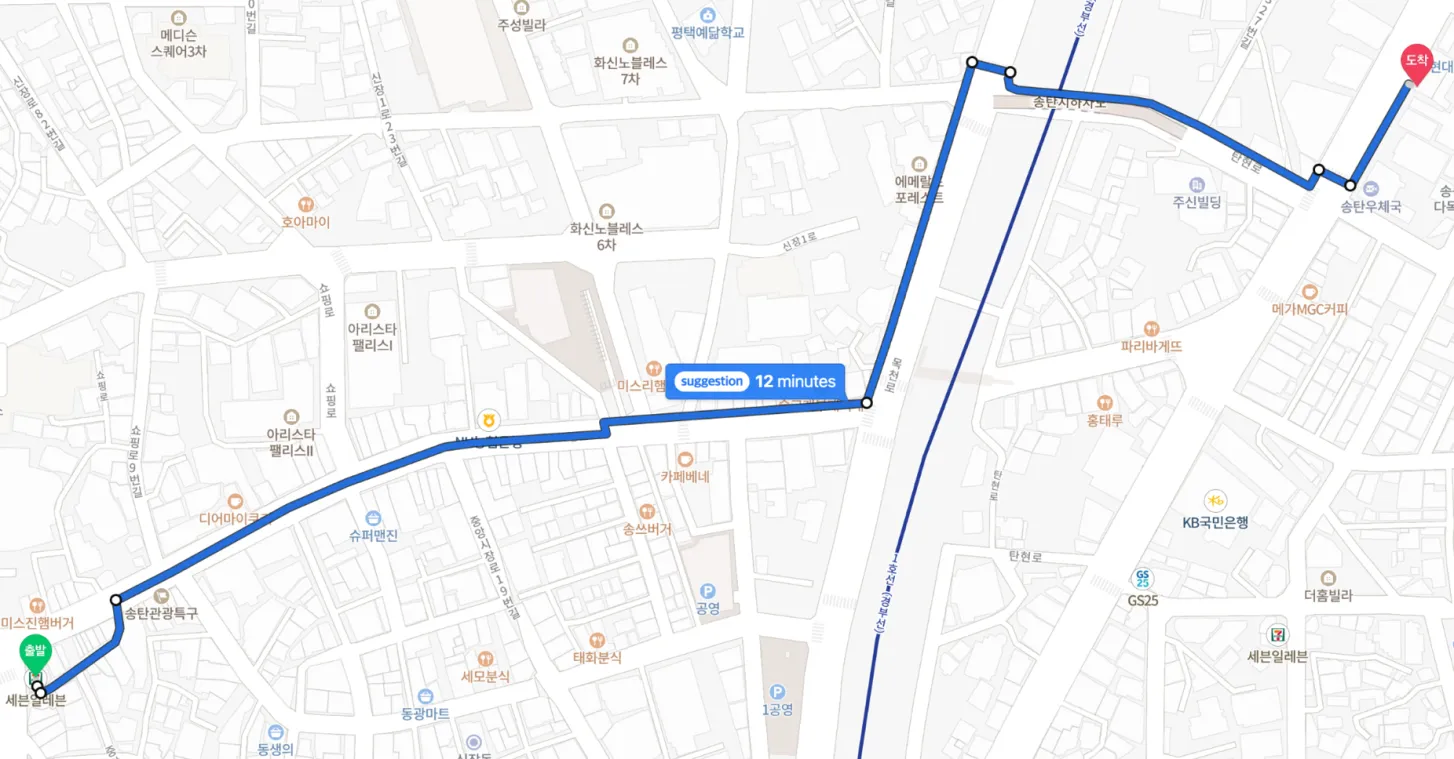
Grocery & Markets
DISCLAIMER: Any stores or business listed in this information are strictly for informational purposes. 51 FW does not promote, recommend, or otherwise endorse these businesses over any others, including those owned and operated by the U.S. Department of Defense.
Grocery Stores
The Basics
Traditional Markets
2/7 Market
8:00 AM-7:00 PM
The 2/7 Market is similar to the 4/9 and set up in Seojeongri, near Seojeongri Subway Station on Line 1 (1 stop south from Songtan Station). It is also open every day, but more vibrant on day’s that end in 2 and 6.
Tongbok Market
The Tongbok Traditional Market in Pyeongtaek is a vibrant and bustling marketplace, renowned for being one of the largest in southern Gyeonggi-do and the largest in Pyeongtaek itself. It’s a popular spot for those seeking affordable groceries and an authentic experience of local Korean culture. The market features a variety of stalls offering traditional Korean snacks, fried foods, and other culinary delights. It’s also known for its vast array of vendors selling a range of items, making it a go-to destination for both locals and visitors alike. The market is conveniently located near AK Plaza Pyeongtaek and accessible by taxi, bus, train, or car, with free parking available.
Address:
10 Tongboksijang-ro 25 beon-gil, Pyeongtaek, Gyeonggi-do, South Korea
or 경기 평택시 통복시장로25번길 10

Anjung (1/6) Market
A little farther away, west of Osan Air Base and USAG Humphreys, you’ll find the Anjung Market. This is another traditional market that is open daily, but has a much more vibrant selection on days ending on 1 and 6 (1st, 6th, 11th, 16th, 21st, 26th, 31st)
경기 평택시 안중읍 안현로서3길 34

